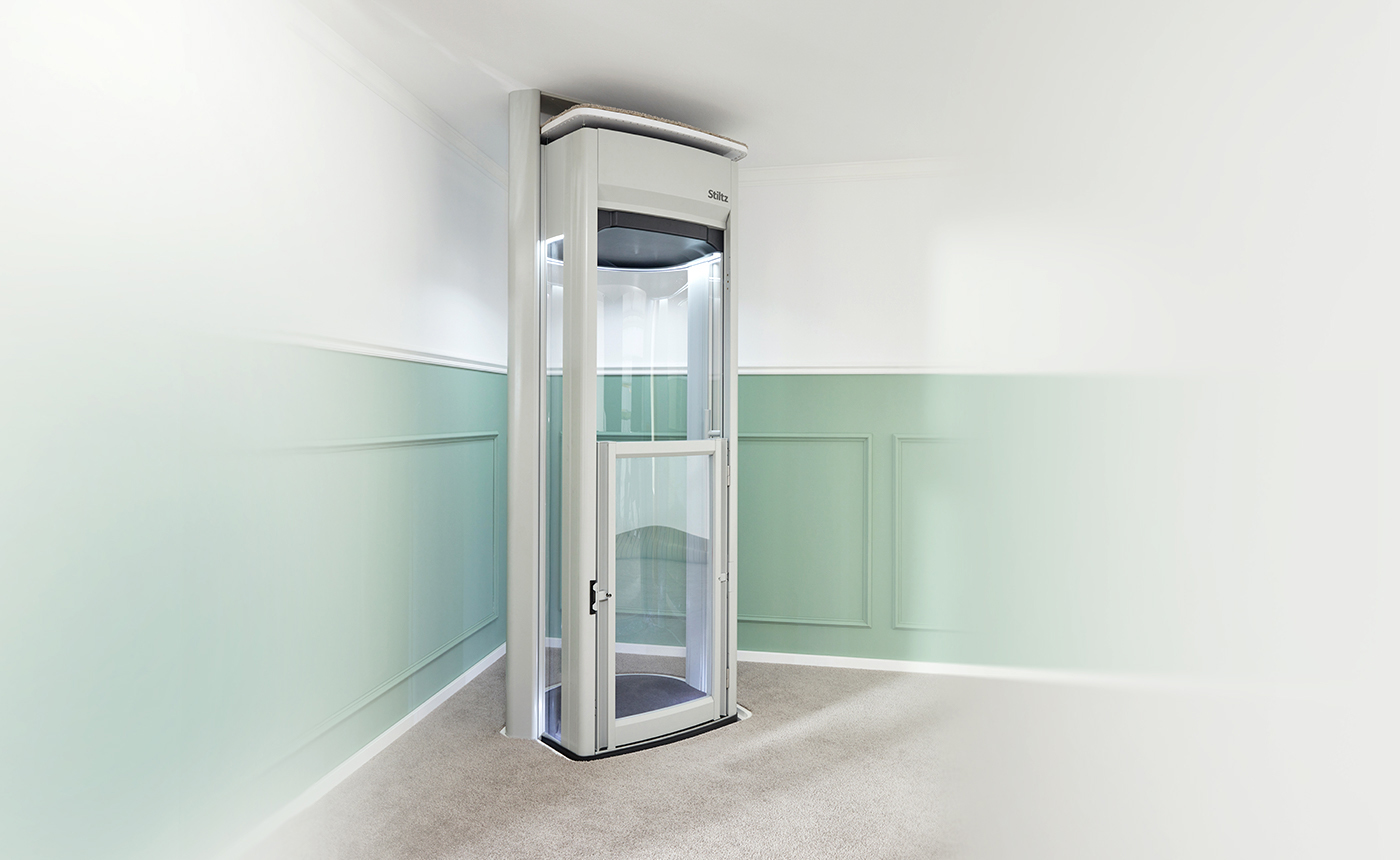Untangling the Intricacies of Lift Technology: Troubleshooting Common Issues Across Lift Designs
From sluggish operation problems to strange noises emanating from the machinery, troubleshooting usual problems across various lift versions requires a keen eye for information and a systematic technique. Remain tuned as we browse through the labyrinth of lift breakdowns, looking for remedies to the enigmatic issues that can interrupt the smooth performance of these essential devices.
Recognizing Slow Procedure Issues

Next, inspect the electrical links to ensure that all elements are effectively connected and working. Faulty electrical wiring or loose connections can cause reduce operation or full breakdown of the lift system. Additionally, it is necessary to examine the control system to figure out if the issue exists in the programming or sensors.
If the visual evaluation and electrical checks do not disclose the origin of the sluggish procedure, additional analysis tests might be essential. These might include stress tests for hydraulic systems, voltage examinations for electrical elements, or running diagnostic software program for the control system. repair and maintenance services. By adhering to a methodical strategy to fixing slow-moving procedure problems, you can effectively identify and deal with the issue, ensuring the lift operates securely and effectively
Attending To Strange Noises
To successfully troubleshoot lift modern technology for odd noises, a thorough evaluation of the lift elements following the recognition of sluggish procedure problems is important. Odd noises in lifts can be a measure of underlying troubles that need timely interest to ensure the safety and reliability of the system.
Moreover, it is critical to describe the lift producer's upkeep guidelines and look for aid from qualified specialists when dealing with complex lift components or unknown troubleshooting treatments. By without delay solving and resolving odd noises underlying concerns, lift operators can ensure the optimum efficiency and safety of the lift system for travelers and operators.
Managing Faulty Control Issues
A reliable method for addressing faulty control problems in lift modern technology includes conducting a comprehensive analysis of the control system's elements and performance. When experiencing issues with lift controls, it is crucial to first check for any type of loose connections, damaged electrical wiring, or malfunctioning sensors. Validating that all control switches, displays, and keypads are functioning correctly is additionally essential in diagnosing the problem properly.
If no visible problems appear, service technicians need to proceed to inspect the control board for any indicators of water corrosion, damage, or overheating, as these can commonly bring about control breakdowns. Additionally, resetting the control system or updating the software application may assist deal with specific problems or bugs creating the trouble.

Tackling Hydraulic System Malfunctions
The performance of hydraulic systems in lifts lift repair near me counts greatly on the correct functioning of various elements within the system. When hydraulic systems malfunction in lifts, it can lead to operational disruptions and safety worries.
In addition, abnormalities in hydraulic liquid levels or unusual noises during lift procedure may indicate underlying system malfunctions that need immediate focus to avoid additional damage. Routine upkeep and timely troubleshooting of hydraulic system issues are important to making sure the reliable and safe operation of lift modern technology.
Taking Care Of Electrical Part Failures
Attending to electric part failings in lift technology demands a methodical method to diagnosing and resolving issues to preserve functional capability and security standards. When coming across electric issues in lift systems, it is vital to very first perform an extensive inspection of the electrical elements, consisting of control board, circuitry, sensors, and circuit boards. Any indications of damage, rust, loose links, or burnt aspects should be very carefully noted and addressed immediately to stop further complications.
In the case of electrical element failings, it is vital to follow manufacturer guidelines for london lift company repairing and fixing treatments. This may involve examining the parts utilizing multimeters, oscilloscopes, or other diagnostic tools to identify the precise resource of the malfunction. In addition, having a detailed understanding of the lift's electrical schematics and electrical wiring diagrams can help in recognizing and correcting issues efficiently.
Normal upkeep and evaluation timetables can aid protect against electric failings by discovering possible problems beforehand. Proper training for lift professionals on electrical systems and elements is also crucial to ensure exact diagnosis and reliable resolution of electric issues, ultimately contributing to the general safety and reliability of lift operations.
Conclusion
Finally, fixing lift technology requires a systematic method to recognize and resolve common problems such as slow-moving operation, unusual noises, malfunctioning controls, hydraulic system malfunctions, and electric part failings. By recognizing the intricacies of lift modern technology and complying with appropriate troubleshooting steps, service technicians can effectively settle issues and ensure the effective and secure operation of lifts across numerous models.
To effectively troubleshoot lift innovation for weird sounds, a comprehensive examination of the lift parts complying with the identification of slow-moving procedure problems is imperative. Strange noises in lifts can be indicative of underlying issues that require timely attention to ensure the security and dependability of the system.An effective strategy for dealing with malfunctioning control problems in lift innovation includes conducting a thorough evaluation of the control system's elements and performance.The efficiency of we maintain lifts hydraulic systems in lifts relies greatly on the appropriate functioning of numerous parts within the system. repair and maintenance services. When experiencing electric troubles in lift systems, it is critical to initial conduct a thorough assessment of the electric components, consisting of control panels, circuitry, sensors, and circuit boards
 Jennifer Love Hewitt Then & Now!
Jennifer Love Hewitt Then & Now! Danielle Fishel Then & Now!
Danielle Fishel Then & Now! Lynda Carter Then & Now!
Lynda Carter Then & Now! Richard Thomas Then & Now!
Richard Thomas Then & Now! Lucy Lawless Then & Now!
Lucy Lawless Then & Now!